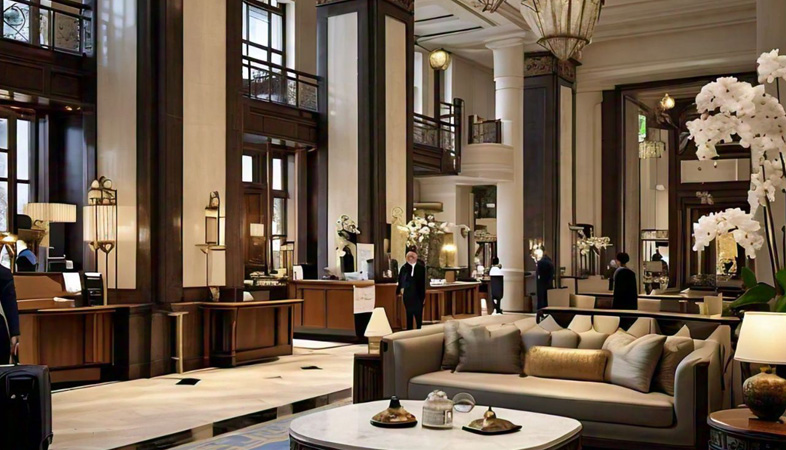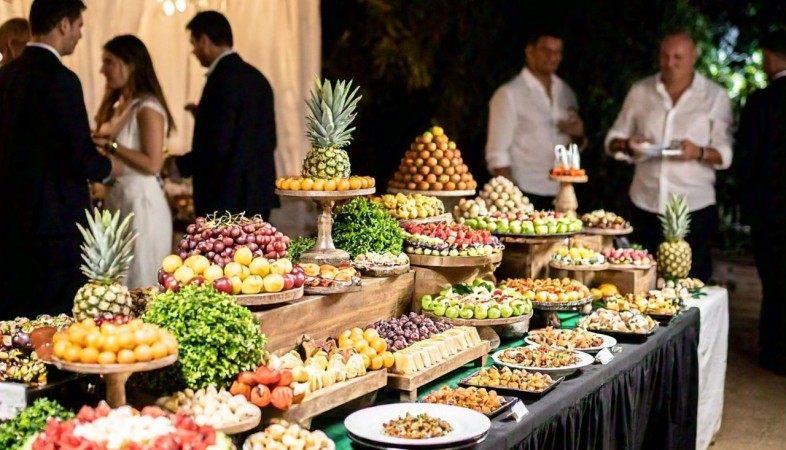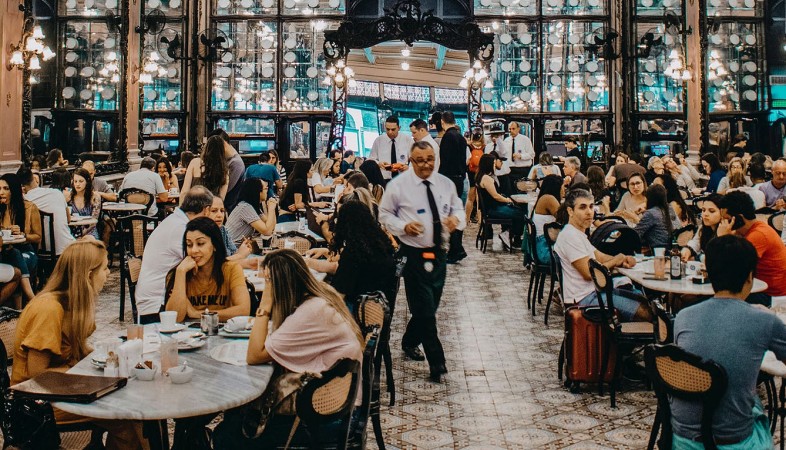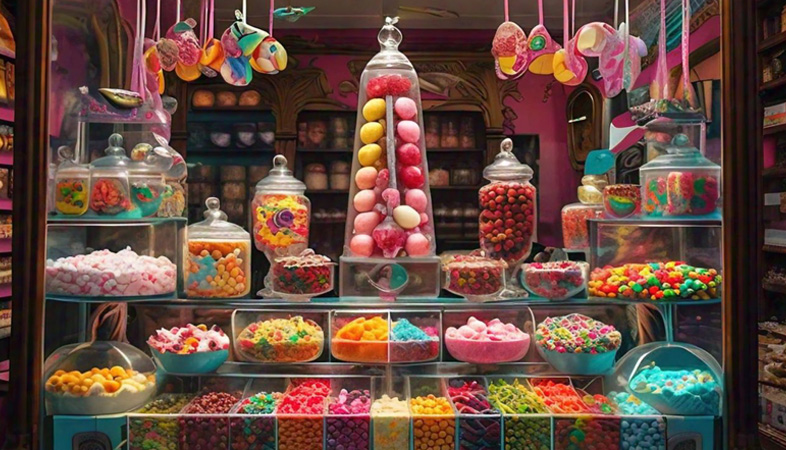Transforming Spaces: The Art of Hotel Decorating with Thoughtful Objects
The art of hotel decorating lies in the details, where every object tells a story and contributes to the creation of a unique and memorable space.
Creating a memorable and inviting hotel experience goes beyond comfortable beds and friendly service. The design and decor of a hotel's interior play a crucial role in shaping the guest experience, making them feel welcome, relaxed, and inspired. Thoughtful selection and placement of decorating objects can transform a hotel's atmosphere, reflecting its unique identity and enhancing the overall ambiance. Here, we explore the impact of various decorating objects and how they can be used effectively to elevate hotel interiors.
Artwork is one of the most impactful decorating objects in any hotel. Carefully chosen pieces can tell a story, evoke emotions, and create a sense of place. Local art, for instance, can connect guests to the culture and history of the surrounding area, providing a deeper, more enriching experience. Large-scale paintings, sculptures, and installations in the lobby or common areas can serve as focal points, drawing guests in and sparking conversation. In guest rooms, smaller, more personal pieces can create a cozy and intimate atmosphere, making the space feel like a home away from home.
Lighting fixtures are not just functional but also a key element of interior design. Statement chandeliers, pendant lights, and wall sconces can add a touch of elegance and sophistication to any space. The right lighting can highlight architectural features, create mood and ambiance, and enhance the overall aesthetic of the hotel. For instance, warm, dimmable lighting in guest rooms can create a relaxing and inviting environment, while bright, dynamic lighting in public areas can energize and uplift the space.
Furniture selection is another critical aspect of hotel decor. Beyond comfort and functionality, furniture pieces can reflect the hotel's style and personality. Vintage and antique pieces can add character and charm, while sleek, modern furniture can create a contemporary and chic atmosphere. Mixing different styles and materials, such as combining a rustic wooden table with sleek metal chairs, can add depth and interest to the decor. In the lobby, comfortable seating arrangements encourage guests to linger and socialize, enhancing their overall experience.
Textiles, including rugs, curtains, and upholstery, contribute significantly to the tactile and visual appeal of a hotel. Rich fabrics and textures can add warmth and luxury to a space. For instance, plush velvet cushions, silk drapes, and wool rugs can create a sumptuous and inviting atmosphere. Patterns and colors in textiles can also be used to tie together various elements of the decor, creating a cohesive and harmonious look. Layering different textures and materials can add complexity and richness to the design.
Decorative accessories, such as vases, sculptures, and ornamental objects, are the finishing touches that complete the look of a hotel interior. These small details can make a big difference in the overall feel of the space. Fresh flowers in elegant vases can add a touch of nature and freshness, while unique sculptures and artifacts can introduce an element of surprise and intrigue. Books, candles, and decorative trays can be used to create stylish and functional vignettes on coffee tables and shelves.
Mirrors are versatile decorating objects that can enhance the sense of space and light in a hotel. Strategically placed mirrors can reflect light, making rooms feel larger and brighter. They can also serve as decorative elements, with frames that complement the overall design of the space. In narrow hallways or small rooms, large mirrors can create the illusion of depth and openness.
Greenery and plants are essential for adding life and vitality to hotel interiors. Potted plants, vertical gardens, and floral arrangements can bring a touch of nature indoors, creating a calming and refreshing environment. Plants can also improve air quality and contribute to a sense of well-being for guests. Incorporating greenery into the design can soften the lines of modern architecture and add a natural, organic element to the decor.
Functional decor, such as stylish clocks, chic storage solutions, and innovative technology, can enhance both the aesthetic and practical aspects of a hotel. Designer clocks can be both a focal point and a functional piece, helping guests keep track of time. Attractive storage solutions, like decorative baskets and stylish shelving, can keep spaces organized while adding to the decor. Integrating technology, such as smart lighting and temperature control, can improve the guest experience by providing convenience and comfort.
The thoughtful selection and placement of decorating objects can significantly enhance the ambiance and appeal of a hotel. From artwork and lighting fixtures to furniture and textiles, each element contributes to the overall experience of the guests. By creating a cohesive and inviting environment, hotels can leave a lasting impression, ensuring that guests feel welcome, comfortable, and inspired throughout their stay. The art of hotel decorating lies in the details, where every object tells a story and contributes to the creation of a unique and memorable space.
.png)




























